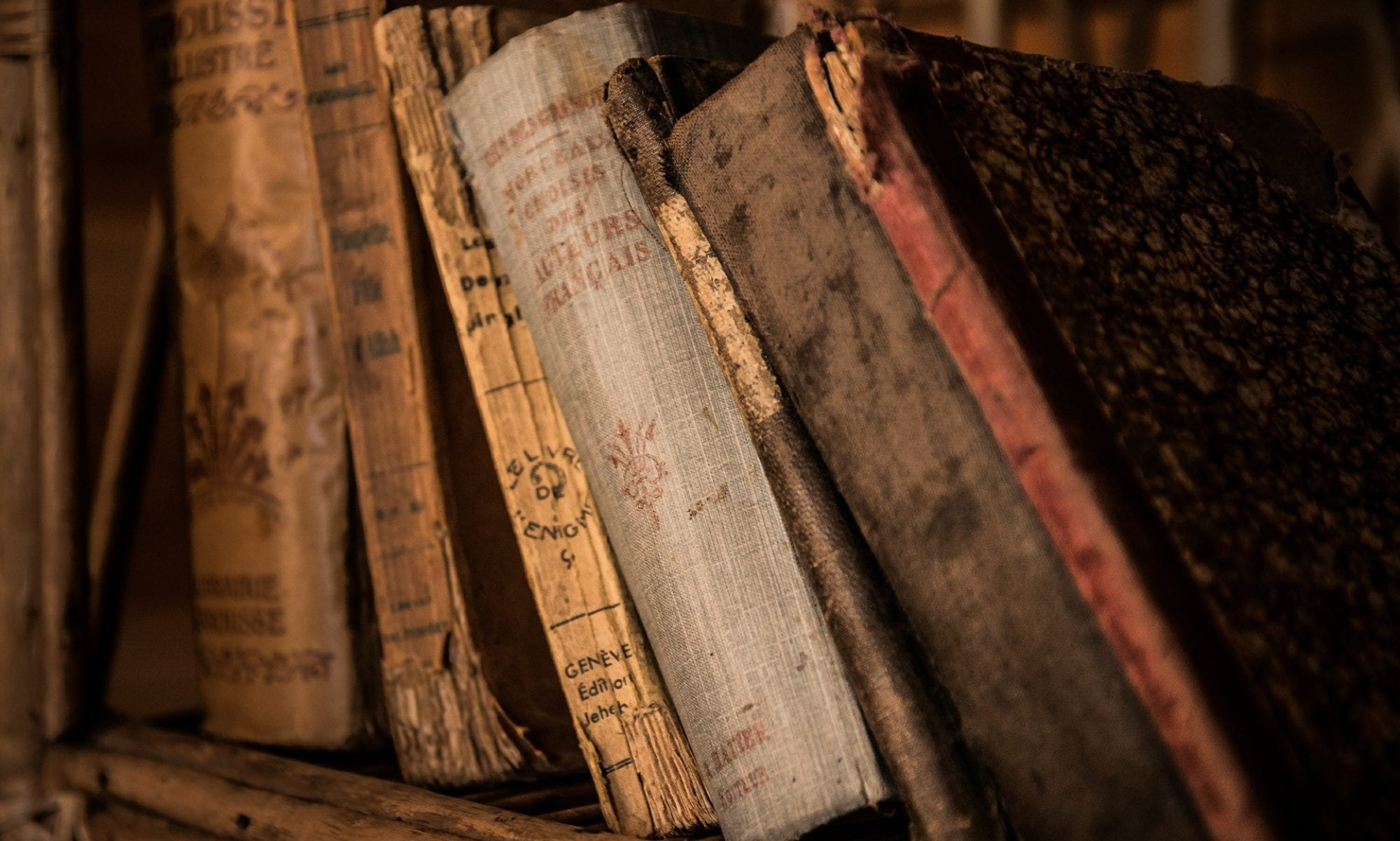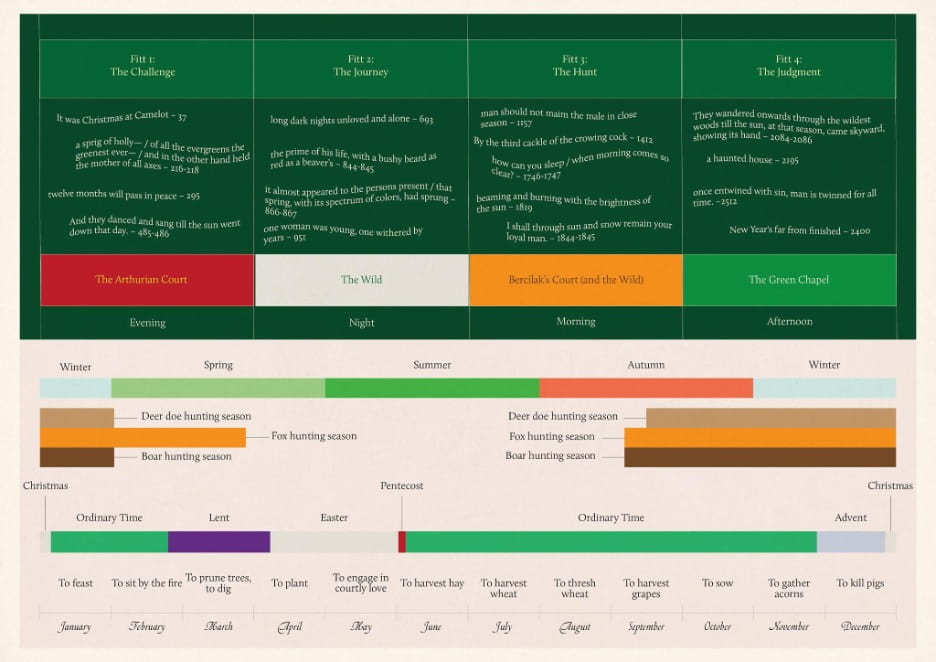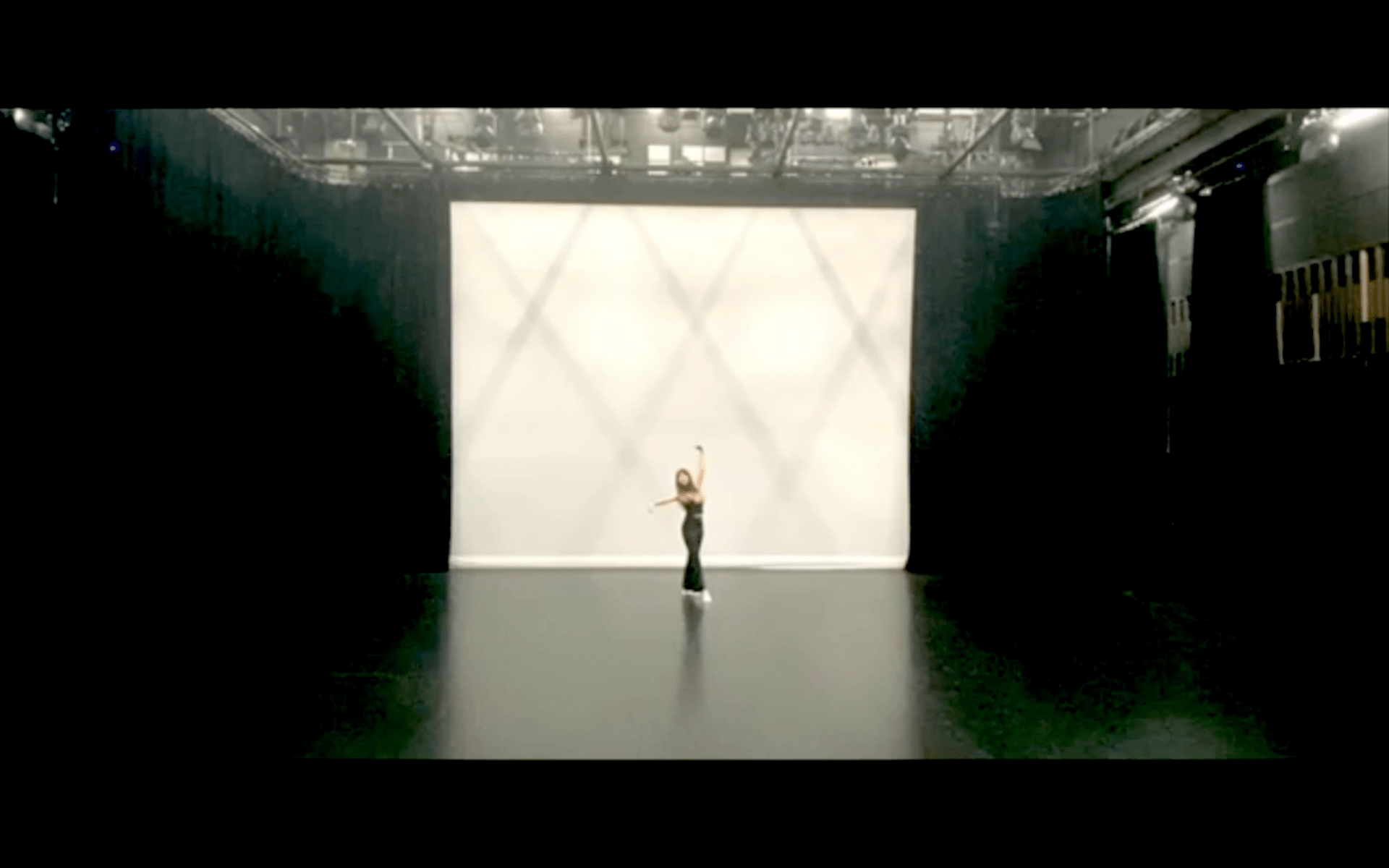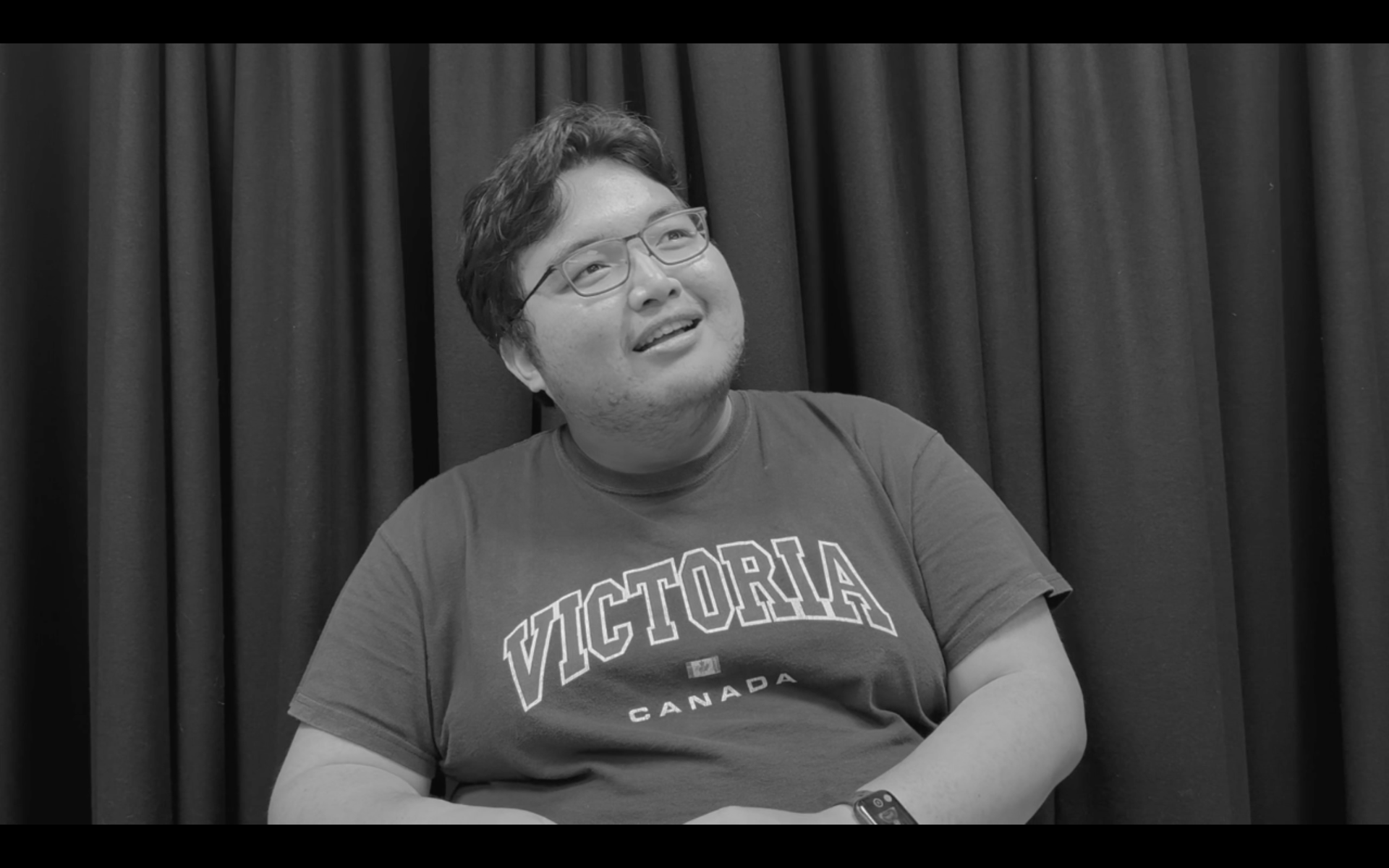When it’s near sunset, it’s time I go into the woods. I make sure I take my bow and five hunting arrows. Five, no more, no less. Father always told me five is the lucky number because so many architects have followed the pentagon shape for their architecture. As long as the hunting arrows are long and sharp enough, there is nothing to worry about.
Mother says I am still too young to hunt properly. She used to forbid me from going into the woods on my own. But Father somehow convinced her that one is never too young to pursue his dreams. He knows about my dream and respects it. He knows I want to become a knight.
Underneath the seeping light of sunset, I walk along the narrow path in the woods. My eyes and ears wide open, I look around. Today’s goal is to catch a deer; an enormous one. Just like how that cool knight threw his lance towards the animal yesterday, piercing the blade right into its flesh and nailing it to the ground. I was watching the whole process behind the bushes, afraid I’d interrupt his craftmanship. Yes, anyone who’d see the graceful way the knight decapitated the deer would see it as craftmanship. I wished I had the courage to approach him and ask him to take me as his apprentice. Even if I am not born of nobility, if he saw how badly I wanted to become a knight, he’d understand and teach me his skills. I truly dream of becoming a knight. A graceful master of the hunt, a refined horse rider, a true knight. Dressed in glittery silver helmet and armor, I long to know what it feels like to wear those.
As usual, I ended up hiding in the bushes, unable to come out, regretfully watching the knight gracefully hop on his horse and leave with the head of the deer.
And here I am now, without a horse, but pretending I am riding one, holding my bow high, and running deeper and deeper into the woods. It is getting darker, the skies gradually covered in black clouds, the wind whistling like the cries of a mad woman. I slow down. I look ahead. All I see is an endless narrow path without any traces of deer or rabbits or even birds. All I hear is the chirps of crickets hiding under the leaves. I put down my bow in silent dread.
No, I am not afraid. If I were to become a knight, it would be ridiculous to fear this situation. As if I am encountering a giant or devils or a dragon! How laughable.
But deep down, I know exactly what I fear. This darkness, this wind, this silence, and my sheer isolation in these woods… They all remind me of my last encounter with a terrifying creature a few days ago when I attempted to ‘conquer’ the unknown regions of the forest.
***
It was a forest I had never visited, and it was the first time I got lost. I kept running beneath the moonlight, sweating and wheezing heavily, the sight of animals no longer holding my interest. If only I had a horse, like a proper knight! Then somehow, I reached a clearing in the middle of the woods, where a lowborn creature was sitting on a tree stump. It was staring deeply into my eyes, and I froze in place. It looked like a man, but it also didn’t. Those inexplicably big ears, those hairy arms and legs, the wild clothes-like garment made of animal skin… I suddenly remembered the story Father told me once, about a herdsman who resided in the forest on his own, away from civilization. This man-like creature fitted Father’s descriptions perfectly. Father said herdsmen are one of the ugliest creatures you could find in this world. I wasn’t sure what to think once I faced the creature. It’s true that every single bit of his face was definitely huge, impossibly huge yet strangely sustaining an almost human face, and it took me a while to realize I’d been staring at the creature for a long while in silence. In inexplicable, repulsive intrigue.
The herdsman in front of me stood up, took a few steps forward, and very surprisingly spoke in my language. I don’t remember the exact phrasings. They were just…Surprisingly sophisticated enough, too sophisticated for a wild man to utter. All I remember is that he asked me what I was doing there, in his territory. He warned me that anyone approaching the herd he guarded would be killed at once. As the lord of his animals, he was in command. I plainly told him I was not interested in his animals, still overwhelmed by merely watching and listening to this seventeen-feet black moor talk in the same way Father tells me bedtime stories. The herdsman looked at me curiously, demanding why then I carried a bow and arrow. I lied that I always carried weapons to defend myself. The herdsman laughed, for a boy like me could barely even make use of such weapons against the many creatures lurking in this forest. Usually, I would get offended and attack whoever insulted my ego. But I remained silent, unable to keep my focus on what he was now saying, unable to rid the thousands of questions in my head.
How did he learn our language while being isolated in this forest amongst wild animals?
How is he able to pronounce words gracefully like the way a knight would, despite his wild teeth and split jaws?
How is it even possible? How can he talk like this? Then why is he here, almost naked, hairy, looking so wild?
These were too much for me. In spite of myself, I ended up running away from the herdsman, almost for my life. I knew he wasn’t going to attack me. But I just ran with no direction. I just ran away from this contaminating insanity.
***
That day, as I kept running forward, I somehow managed to get out of the forest and reach home safely. I swore I’d never step foot into that crazy forest again.
And here I am now, recognizing a similar scenery that led me to that talking hairy creature. I remain still for a while, in the middle of the woods.
Should I go back? Or should I walk further, like a proper knight? If I want to become a knight, I must be more courageous than this, after all. I continue my path.
But then something catches my attention in the far distance, right ahead of me. A kind of silhouette wandering aimlessly. It’s not walking straight, clearly. From its body posture, it looks like…A man’s silhouette. A tall one. Except that it reminds me of a person who’s about to collapse any moment as he walks, like a deeply fatigued or hungered man.
He’s coming towards me. Slow, walking in a zigzag, but still towards me. Maybe he needs help. Maybe making one step is already a big toll on him. I pace forward, shouting at him to stay there and wait for me.
Only to realize something is off about that man. I pause. I swallow a scream. That guy is not wearing any clothes. Like, all naked. And he is still coming towards me.
My legs deeply planted in place, all I can do is watch this naked man approach me slowly. He is chewing on something red, something giving off a pungent smell of blood. Flesh. Animal flesh. Raw flesh.
I stare at the lividness of his naked body. Its sheer bareness oppresses me, disgusts me, suffocates me more than the hairiness of the herdsman I encountered. Yet it’s a normal human body. A normal human face looking from the outside. Not disfigured nor abnormally huge nor abnormally small. But from how he meets my gaze, his vacant eyes tell me I should run away.
And I am too late. Like a wild animal, the man roars. He jumps at me, all of a sudden. He pushes me down to the ground. No time for me to scream for help. My bow and arrow slip off my hands. I try reaching for them, but the naked man nails my shoulders and torso against the ground. I cannot move. I cannot scream. His face is only a few inches away, the bits of raw flesh covering his mouth, he groans like a hungry lion.
I close my eyes, waiting for his teeth to bite off my skin. Then I feel his hands off my shoulders, sensing his body weight lifting from my trembling torso.
As I open my eyes, I see him already running off. He is carrying off a bow and a set of five arrows. My bow and arrows. He stole them from me. At last, I manage to muster up my voice. I call back the man, I demand him to return my weapons.
Surprisingly (or not), the naked man turns around, as if he understands my language. Does he? Does he not? I cannot tell from his expressionless face.
Again, I demand him to return them to me. I demand who he is. But the man just stands there, without a word, except mumbling incoherent sounds. With one last glare, he holds tightly onto my beloved bow and arrow, and hurriedly disappears into the bushes. No hint of him coming back.
I remain on the ground, unable to stand. Shaking, I merely stare at where the man stood for the last time. Who in the heavens was that man? A herdsman, too? No way. His skin was white and bare and as smooth as mine. Aside from him not wearing clothes, eating raw meat, unable to properly speak… He was just a man. But not like me.
Gradually, I start to remember Father mentioning some rumors about a knight who’s missing for days. A knight whose name was something along the lines of Ivan or Yvain. Father said he was one of the noblest knights you could find in this nation. One of the bravest and most capable. And it was that knight who was seen running into the woods, shouting like a madman, and disappearing without traces. I laugh at my ridiculous thoughts. How absurd to even assume such a noble knight is that naked man I just saw, acting like a savage. Surely a knight would never become a savage like him.
Or… would he? I start to wonder, forgetting how to breathe. What if the helmets and the armor were hiding something as oppressive as what I just saw now? What if knights actually wear them not to just protect themselves but hide such monstrosities? No way. Those brave and gracious knights, those dream figures. No way their nakedness would look… somewhat more terrifying than the herdsman himself.
After all, knights are eloquent. They are sophisticated. That naked man cannot even speak a word. And yet even that herdsman creature can! That confirms he is not Yvain.
I manage to stand up and shakily take a few steps towards home.
He is not a knight, I keep saying to myself. He is not.
I am now weaponless, vulnerable, unable to even defend myself. My dream is just a dream in the end. But not just because I lost so disgracefully against that savage man.
Because deep down, I just can’t shake the thought that he is actually a knight. From the way he stole my weapons. From the way he carried them. The way a knight would carry.
I will never become a knight. I am not like him. Not like him at all.
Author’s Remarks
This is a contemporary written adaptation of two key scenes from Yvain, The Knight of the Lion by Chretien de Troyes: the scene of the Herdsman and especially that of Yvain’s madness. I have extracted the furtive mentioning of “a boy carrying a bow and five hunting arrows” (2816-2817) who encounters Yvain as a madman and gets his weapons taken away by this insane figure. I decided to incorporate this boy’s point of view to retell more vividly this scene of encounter and add a hypothetical premise of him also encountering the Herdsman, not only because I found the scene of boy-Yvain-encounter underdeveloped, but also because he seemed like a coherent third party through whom I could compare the manifestation of the abject between the Herdsman and Yvain as a madman. Here and throughout this written adaptation, I refer to Karl Steel’s idea that “abjection attempts to dissociate the most repulsive aspects of a subject’s self from the subject by dumping them onto some derided other” (157). By using the boy’s particular standpoint, which does not belong to chivalric culture yet is drawn to it, I aim to explore how the Herdsman and Yvain can complicate Steel’s idea of abjection. While the narrative explicitly presents the Herdsman as a figure of grotesque bodily excess, my written adaptation argues that his capacity for spoken words, that is, his linguistic excess that is incongruently transposed onto his animal-like body, should not be taken for granted. This buried significance of the Herdsman’s capacity to use language becomes more apparent alongside Yvain’s loss of linguistic capacity in his state of madness. For instance, Yvain’s figure constitutes a peculiar kind of abjection not through excess but through scarcity, in terms of his nakedness, his common sense, and his language. Through my written adaptation, I argue that the Herdsman’s bodily and linguistic excess as abjection do not simply achieve “[dissociation] from the repulsive aspects of the subject from the subject” (Steel 157), but counterintuitively underscore the difficulty in achieving an invulnerable figure who has nothing to abject. On the other hand, scarcity in Yvain ―removing the “constitutive excess of chivalry” (158) through sheer nakedness and loss of common sense and language― more vividly reflects anxieties towards the possible degeneration of the knightly figure beyond his social role as a knight, symbolized by the removal of his concealing armor.
To begin with, I decided to set the boy as a peasant dreaming to become a knight for several reasons: on the one hand, the plain mentioning in Chretien’s text of “a boy” suggests he is not from the nobility; on the other hand, setting the boy as someone who does not belong to yet admires chivalric culture allowed me to explore these issues beyond the traditional chivalric sphere. In the boy’s recollection of his encounter, I aligned his observation of the Herdsman’s disproportionate body parts with the original text’s insistence on the massiveness of each individual part of his face (290-308). This was to reaffirm the transgressive aspect of the Herdsman’s body as grotesque excess through “exaggeration that is related to grotesque forms of representation rel[ying] on the transgression and disharmony of the entire frame, not just its parts” (Edwards and Graulund 68). I express this disharmony through the boy’s description of the Herdsman’s facial parts as “impossibly huge yet strangely sustaining an almost human face,” suggesting the “violation of natural boundaries” that occurs between the excessive size of the parts and the basic components of a human face.
More importantly, the boy transposes the Herdsman’s transgressive appearance onto his capacity to speak, and I tried to insist on the peculiarity of this combination of exaggerated body and ordinary speech with the boy’s disbelief. While Steel argues that the Herdsman “cannot comprehend the chivalric jargon, and compounds his ignorance by misidentifying the gold of the magic basin as iron, mistaking a noble substance for a base one” (155), the very fact that the Herdsman can speak their language is taken for granted, and yet it is a major factor in Chretien’s text that differentiates madness from sanity. Insofar as Calgrenant’s first instinct is to assume the Herdsman has “no brain to speak with, nor a tongue” (Chretien 326), it seems that the Herdsman’s speech capacity is already a transgression of his status as a wild man whose body parts are “hideously ugly” (290) and animal-like. I express this transgression by rooting the boy’s disbelief in the fact that human speech comes out of a disproportionate body, which implicitly suggests language is excessive to this wild man figure. The boy’s questioning “why is he here, almost naked, hairy, looking so wild?” alludes to his automatic association of language with civilization, i.e., the world outside wilderness.
In relation to Steel’s argument, the linguistic excess of the Herdsman reties the link between the Herdsman and the ‘civilized’ subject that Calogrenant attempted to sever through his insistence on the wild man’s grotesque bodily excess. Through the boy’s differing approach, I hope to suggest that the bodily and linguistic excess of the Herdsman disrupts the process of abjection: the Herdsman figure does not allow the subject to fully dissociate its repulsive aspects from itself and project them onto a derided Other. No matter how dissociated the Herdsman’s body is from the chivalric subject, as long as this abjected body is juxtaposed with linguistic excess and a common language is shared between the Herdsman and more ‘civilized’ subjects like Calgrenant and the boy, the chivalric subject cannot easily “present themselves posto facto as never having needed to abject anything” (157).
I also argue through my written piece that scarcity as well as excess seems to constitute “a sign of shame rather than a sign of simple difference” (Steel 157). I have chosen to flesh out the oppressive nakedness of Yvain’s body (3028) to highlight the peculiarity of Yvain’s case compared to that of the Herdsman: the description of Yvain’s nakedness stylistically contrasts with the grotesque, disproportionate, hairy and animal-like features of the Herdsman’s body, yet in Yvain’s case the simple removal of clothing renders his body into mere “flesh” that appears repulsive to those who see it (2988). I tried to highlight this paradoxical repulsiveness that derives from removing rather than adding by writing the boy’s internal monologue, which explicitly expresses disgust and fear at the sight of nakedness. This scarcity of human flesh parallels that of food (meat) that Yvain consumes as a madman: Chretien describes how “he ate and he drank, his meat unsalted, and no pepper” (2879-2880). The contrast with his ordinary behavior, in which he “took no pleasure eating [meat] without bread or wine or salt” (3468-3469), highlighting alimentary scarcity as a distinguishing factor between savage and human. Hence, in my written piece I have made Yvain eat raw meat as in the original text, while insisting on the boy’s disbelief at seeing a man eating in such a savage manner.
Lastly, Yvain’s scarcity contrasts not only with the Herdsman’s excessive physical features and food consumption but also his linguistic excess: just as Chretien’s text repeatedly describes Yvain’s loss of senses and speech that crystallize his madman-like action (2805, 2834), my written piece aims to reinforce the text’s preoccupation with scarcity in language as a symbolic figure of what Steel identifies as a “desublimated manifestation of the traits lurking at the heart of chivalric selfhood” (157). The boy comments on the possibility of attempting to relieve these anxieties by speculating whether the armor and helmet that a knight wears are an opaque, concealing apparatus of what chivalric selfhood fears and denies. By exaggerating his admiration towards knighthood (insisting on gracefulness and the skills of hunting and horse riding), I hoped to amplify the boy’s anxieties towards this denied, degenerated, desublimated self under the mask of ‘civilized’ codes, to the extent that the boy dissociates himself from Yvain’s repulsive aspects by telling himself repeatedly that he is not like Yvain.
REFERENCES
De Troyes, Chretien. Yvain The Knight of the Lion. Translated by Burton Raffel, Yale University Press, 1987.
Edwards, Justin, and Rune Graulund. Grotesque. Routledge, 2013.
Steel, Karl. “The Wild Herdsman.” How to Make a Human: Animals and Violence in the Middle Ages. Ohio State University Press, 2011, pp. 151-162.
IMAGE CREDITS
[Featured Image] https://manuscriptminiatures.com/4945/14929





























